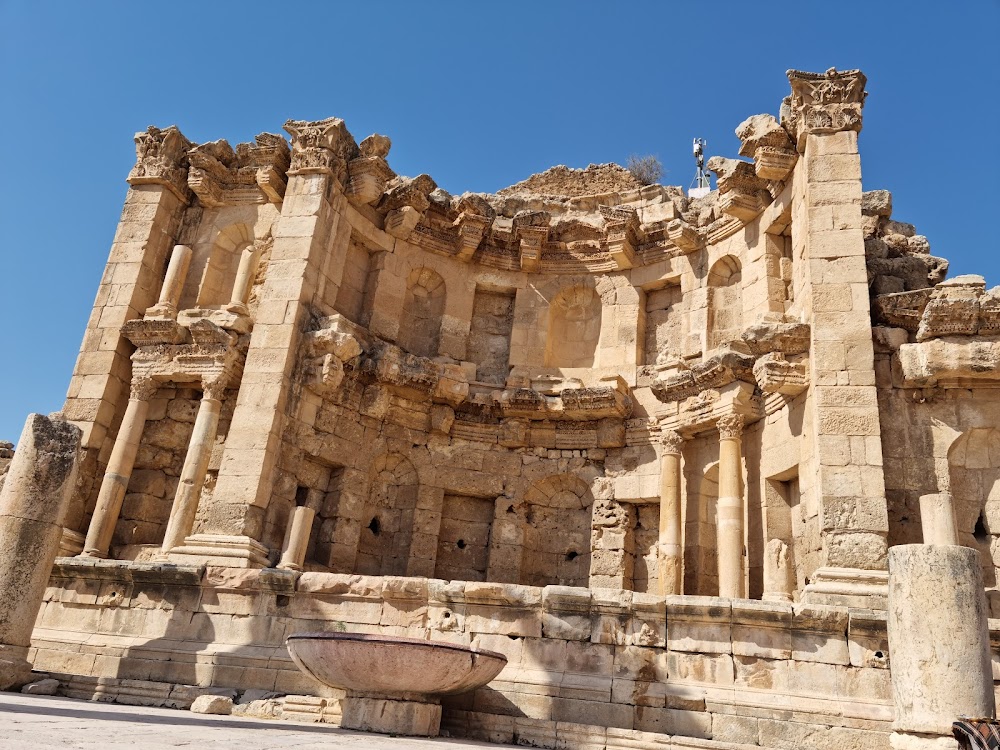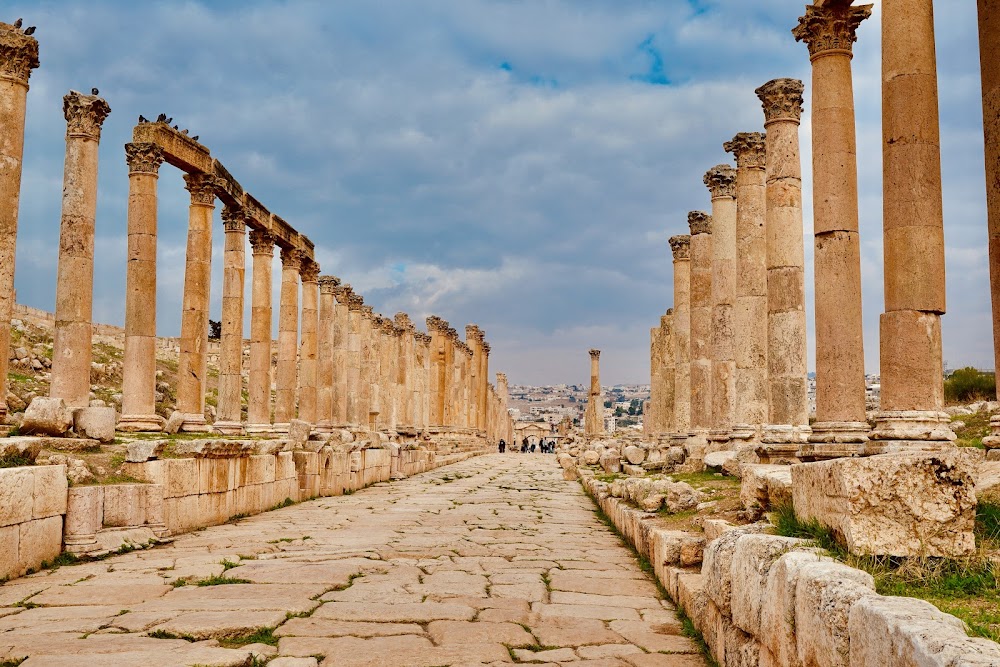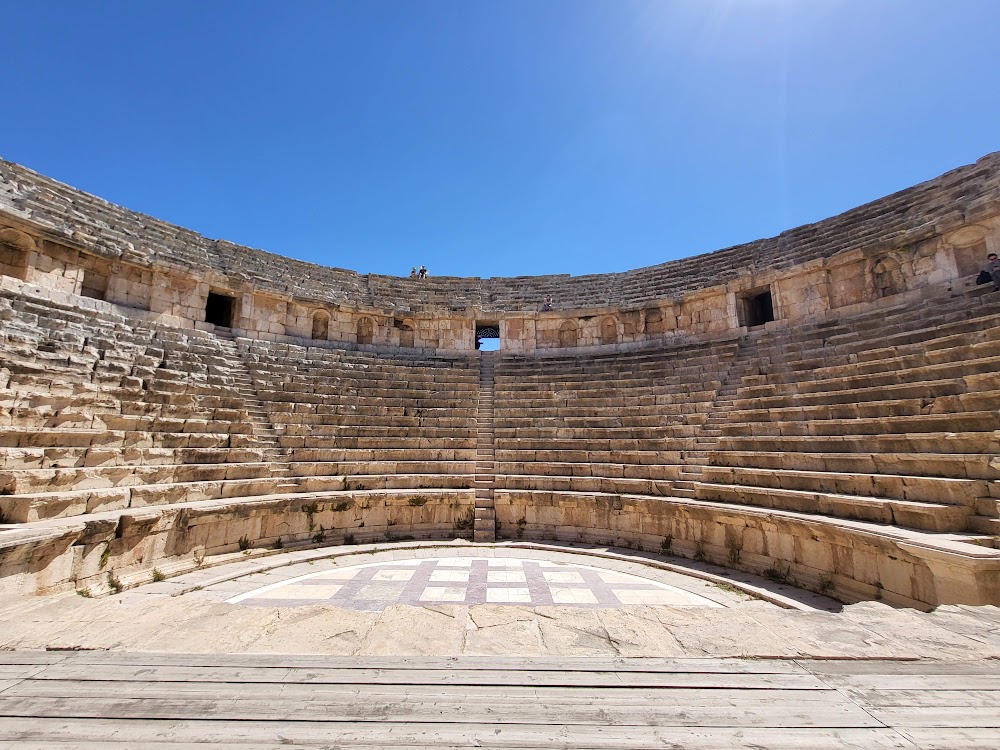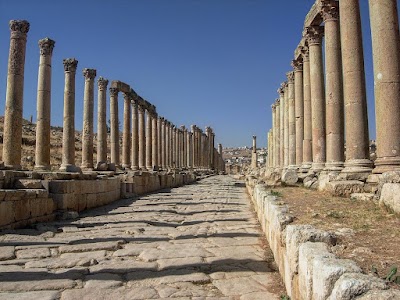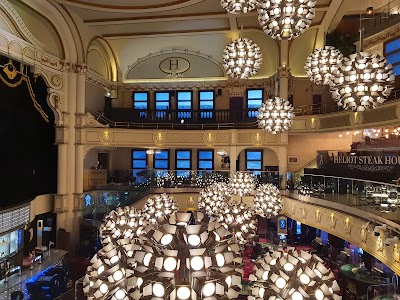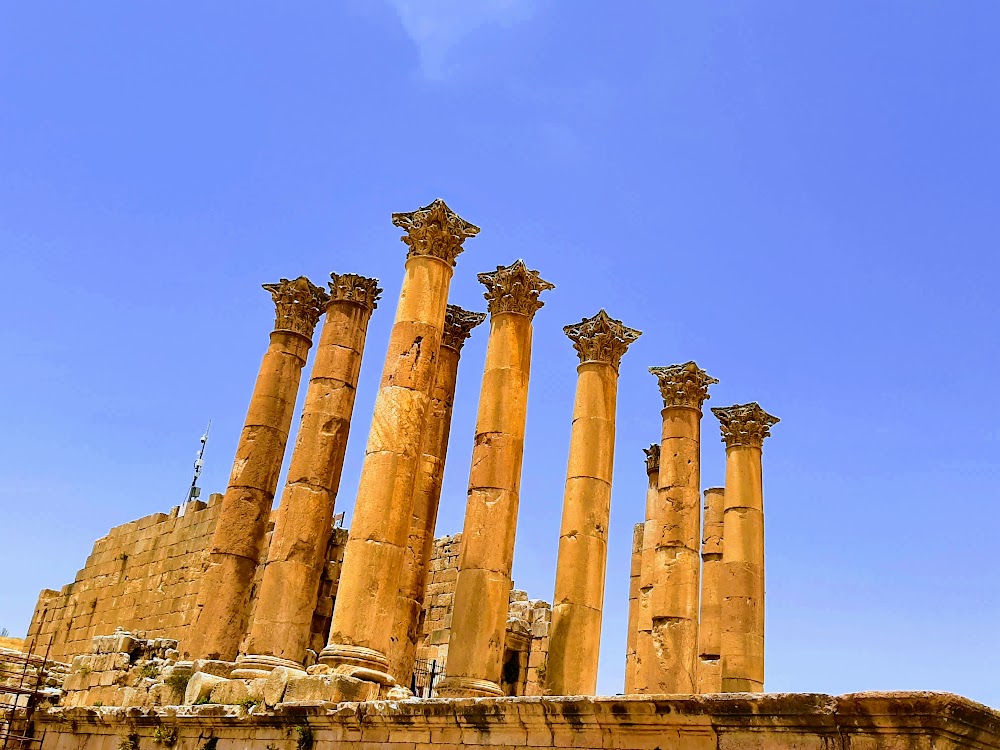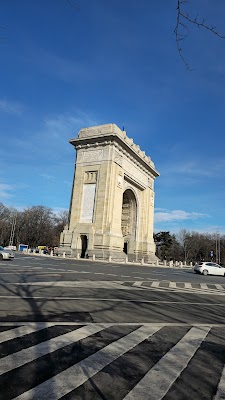Jerash Ruins (أطلال جرش)
Overview
Exploring Jerash: A Journey Through Time
Nestled in the hills of Gilead, Jerash, a captivating city in Jordan, boasts one of the most well-preserved ancient Roman provincial towns in the world—the Jerash Ruins. This archaeological site offers a remarkable glimpse into life thousands of years ago, showcasing the grandeur and sophistication of Roman urban planning and architecture.
The history of Jerash is rich and diverse, dating back to the Neolithic period. However, it was during the reign of Alexander the Great that the city began to flourish. Founded around the 4th century BC as Gerasa, Jerash came under Roman rule in 63 BC, marking the start of its Golden Age. As part of the Decapolis, a league of ten cities that served as cultural and commercial hubs, Jerash thrived and became a beacon of prosperity.
A Grand Entrance: Hadrian’s Arch
Visitors to Jerash often begin their journey at Hadrian’s Arch, a monumental structure built in AD 129 to commemorate Emperor Hadrian's visit. Towering at nearly 13 meters high, this impressive arch serves as a grand entrance to the ancient city, setting the stage for an unforgettable exploration of history.
Just a short walk from Hadrian’s Arch leads you to the Hippodrome, where the thrills of chariot races once captivated audiences of up to 15,000 spectators. This oval-shaped arena embodies the vibrant spirit of Roman entertainment and invites you to imagine the excitement that filled the air during those ancient events.
The Heart of Jerash: Oval Plaza
At the core of Jerash lies the stunning Oval Plaza, a unique architectural feature measuring 90 meters long and 80 meters wide. Surrounded by 56 Ionic columns, this plaza serves as a breathtaking focal point, providing a panoramic view of the surrounding ruins. From here, visitors can wander along the colonnaded streets, lined with remnants of shops and public buildings, immersing themselves in the lively atmosphere of ancient city life.
Don't miss the majestic Temple of Artemis, the patron goddess of Jerash. Constructed in the 2nd century AD, this temple is renowned for its massive columns, standing approximately 12 meters tall. These towering pillars are a testament to Roman engineering and the city's deep religious significance.
Nearby, the North Theatre awaits, built in AD 165. Initially a venue for government meetings, it later transformed into a cultural stage hosting various performances, accommodating over 1,600 spectators. Its semicircular design offers a glimpse into the artistic vibrancy that once thrived in Jerash.
Impressive Theatres and Streets
Another remarkable structure is the South Theatre, which surpasses its northern counterpart in size, seating around 3,000 spectators. Constructed in the late 1st century AD, this well-preserved theatre occasionally hosts events today, echoing its historical role as a hub of entertainment.
The Cardo Maximus, Jerash’s main street, stretches over 800 meters and is lined with columns, public buildings, and shops. This central artery of the ancient city exemplifies the precision of Roman urban design. The stone pavement, worn by ancient chariot wheels, narrates countless stories of the city’s bustling daily life.
Adjacent to the Cardo, the Nymphaeum stands as an ornate public fountain dedicated to the nymphs. Completed in AD 191, this elaborate structure once showcased a semi-domed fountain adorned with statues and intricate carvings, further enhancing the charm of Jerash.
The Resilience of Jerash
Jerash's resilience over the centuries can be attributed to its hidden location, which protected it from numerous invasions and natural calamities. The decline began with the Persian invasion in AD 614 and continued with a devastating earthquake in AD 749. Despite these challenges, many structures have endured, providing a rich tapestry of history for modern explorers to uncover.
Excavation efforts at Jerash began in the early 20th century, revealing its ancient glory layer by layer. The meticulous work of archaeologists has unveiled the city’s remarkable state of preservation, significantly enhancing our understanding of Roman provincial life.
Today, the Jerash Ruins stand as a living museum, offering an unparalleled journey through history. Visitors can stroll along ancient streets, marvel at the grandeur of temples and theatres, and immerse themselves in the awe-inspiring legacy of a city that once thrived at the heart of the Roman Empire.


